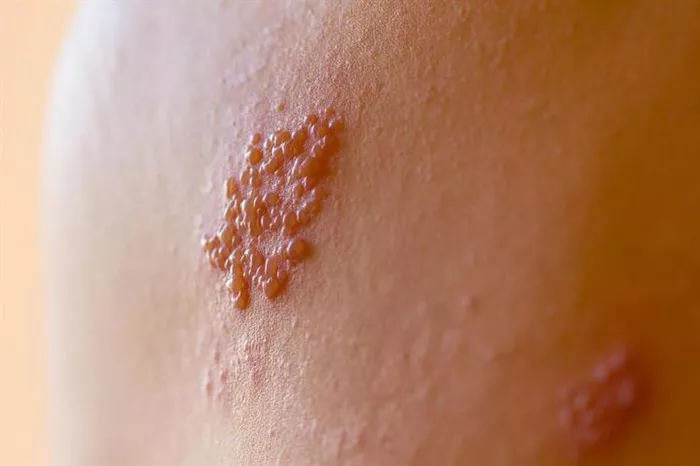Shingles, also known as herpes zoster, is a viral infection caused by the varicella-zoster virus—the same virus responsible for chickenpox. After a person recovers from chickenpox, the virus remains dormant in the nervous system. Years later, it can reactivate, causing a painful rash that typically occurs in a band or stripe on one side of the body. Alongside the pain, another common symptom experienced by those with shingles is itching. This article delves into the phenomenon of itching in shingles, exploring its underlying causes, its impact on patients, and strategies for management.
What Causes Itching in Shingles?
Itching, or pruritus, is a hallmark symptom of shingles, often occurring alongside the characteristic rash. Understanding why itching happens in shingles involves considering both the virus itself and the body’s immune response:
1. Viral Activity: When the varicella-zoster virus reactivates, it travels along nerve fibers to the skin, where it replicates and causes inflammation. This viral activity directly triggers irritation of the nerve endings in the affected area, leading to sensations of itching.
2. Inflammatory Response: The body’s immune system responds vigorously to the reactivation of the virus, leading to inflammation at the site of the rash. Inflammatory chemicals released in response to the virus can further contribute to itching.
3. Neuropathic Component: Shingles is a neurological condition due to the involvement of nerves harboring the virus. The irritation of nerves in the affected dermatome can create abnormal sensations, including itching, due to the disruption of normal nerve signaling.
The Experience of Itching: Impact on Patients
Itching in shingles is more than just a discomfort; it can significantly impact the quality of life for those affected:
1. Distraction and Discomfort: Constant itching can be distracting and distressing, interfering with daily activities and sleep.
2. Risk of Complications: Excessive scratching can lead to breaks in the skin, increasing the risk of bacterial infection, which can further complicate the recovery process.
3. Psychological Impact: Chronic itching can have psychological effects, contributing to anxiety and irritability in affected individuals.
Understanding the impact of itching is crucial for healthcare providers to address not only the physical symptoms but also the emotional well-being of patients with shingles.
SEE ALSO: Can Adults Get Shingles When Exposed to Chickenpox?
Managing Itching in Shingles
Managing itching in shingles involves a multifaceted approach aimed at addressing both the underlying causes and providing symptomatic relief:
1. Antiviral Medications: Initiating antiviral therapy early in the course of shingles can help reduce viral replication and inflammation, potentially alleviating itching.
2. Topical Treatments: Calamine lotion, colloidal oatmeal baths, and topical corticosteroids can provide relief by soothing the skin and reducing inflammation.
3. Oral Medications: Antihistamines and medications targeting nerve pain (such as gabapentin or pregabalin) may be prescribed to manage itching and discomfort.
4. Cool Compresses: Applying cool, damp compresses to the affected area can help relieve itching and provide temporary numbing of the skin.
5. Behavioral Strategies: Advising patients to avoid scratching and to use distraction techniques (such as gentle massage or mindfulness) can help manage the urge to scratch.
6. Hygiene and Skin Care: Keeping the affected area clean and dry, and wearing loose-fitting clothing can prevent further irritation and reduce itching.
Challenges in Managing Itching
Despite these management strategies, itching in shingles can sometimes be challenging to control due to individual variability in symptoms and responses to treatment. Factors influencing the effectiveness of treatment include the severity of the rash, the overall health of the patient, and any underlying medical conditions.
Conclusion
Itching in shingles is a common symptom that arises due to viral activity, inflammation, and neuropathic involvement. While it can be distressing, especially when coupled with the pain of the rash, effective management strategies are available. Healthcare providers play a crucial role in educating patients about the causes of itching, providing appropriate treatment options, and supporting patients through their recovery. By addressing itching comprehensively, healthcare professionals can enhance the quality of life for individuals affected by shingles, promoting faster recovery and minimizing complications.
In conclusion, understanding the complexities of itching in shingles empowers both patients and healthcare providers to navigate this challenging symptom with knowledge and effective management strategies.
Related Topics:


























